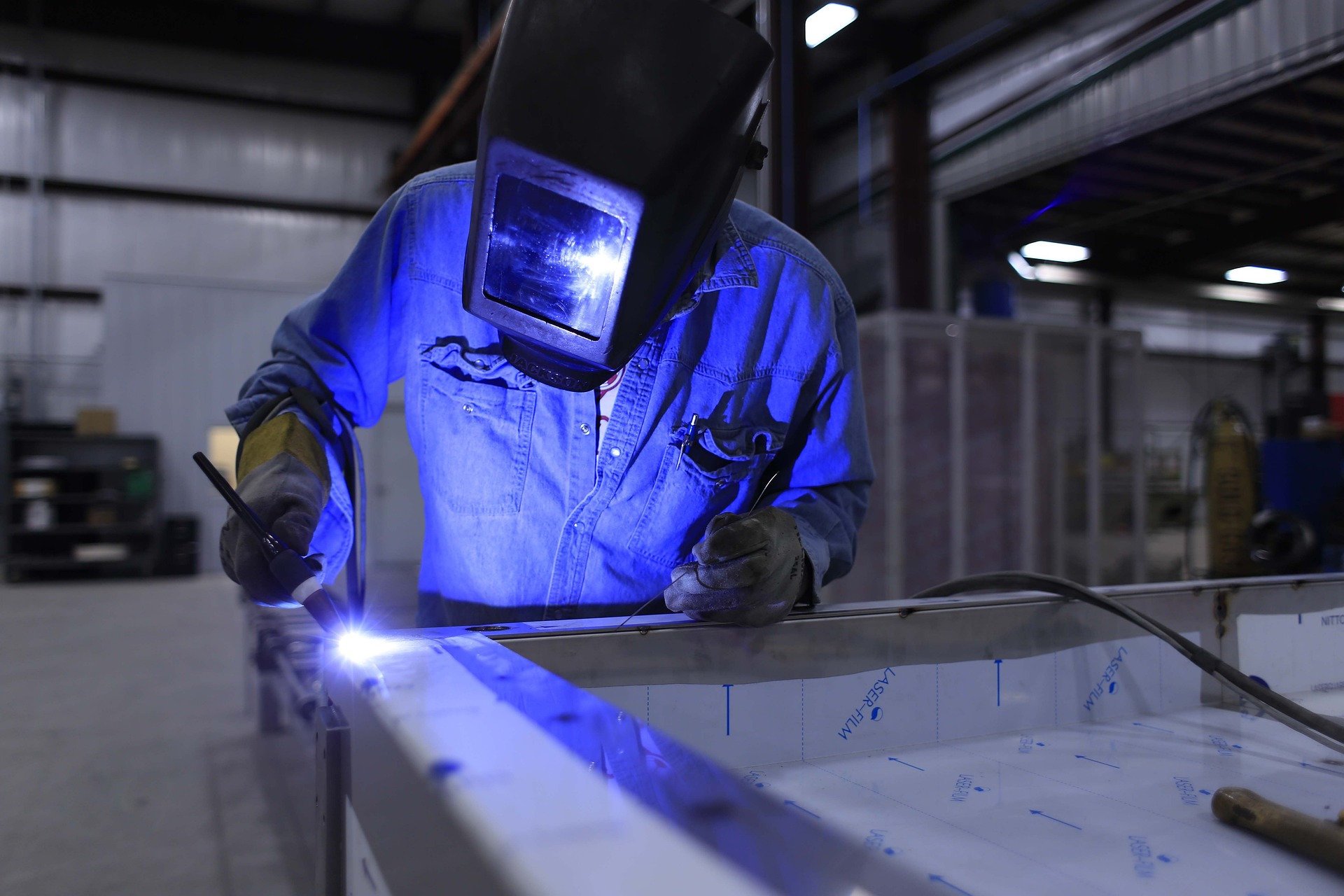
15th
Changes to the workplace exposure standard for welding fumes
by Paul Clarkson, Occupational Hygienist
On January 18, 2024, SafeWork Australia made a significant adjustment to the Workplace Exposure Standard (WES) for Welding Fume (not otherwise classified). The standard was lowered from 5mg/m^3 to 1mg/m^3 when measured as the inhalable fraction. This change was prompted by the reclassification of Welding Fume by the International Agency for Research on Cancer (IARC) from a Group 2b Carcinogen (possibly carcinogenic to humans) to a Class 1 Carcinogen (known human carcinogen).
The new concentration of 1mg/m^3 was actually recommended as a trigger value for welding fume control assessment in the AIOH Position Paper from April 2022. However, it's important to recognize that Welding Fume is a mixture of various metals, silicates, and gases. Different factors such as base metal, coatings, joining metals, flux, and shielding gases can all vary and contribute to different exposure risks. For instance, some individual components have a Workplace Exposure Standard (WES) lower than the new 1mg/m^3, like Chromium, Hexavalent Chromium, and Copper Fume. Additionally, gases like ozone and NOx can be present in shielding gases or formed through UV exposure from the welding arc.
Considering the potential for additive effects of these compounds is crucial to assess their impact on the same tissue or target organs. Understanding ototoxic effects is also essential to mitigate the risk of Noise-Induced Hearing Loss (NIHL), particularly since welding work is often conducted in noisy environments.
Looking ahead, there's a proposal for further reductions and the introduction of new Workplace Exposure Limits (WEL), which could lead to additional reductions in metals such as Chromium, Cobalt, Copper fume, Manganese, Nickel, and more.
Fortunately, there are well-documented and understood controls for managing welding fume exposure. Higher-order controls such as Local Exhaust Ventilation (LEV) should be preferred; however, lower order controls such as respirator protection, like Powered Air Purifying Respirators (PAPR) with welding visors are readily available and can be used in conjunction with LEV. Other measures to reduce Welding Fume include adjusting the welding arc voltage and current, as well as considering the type of joining metal wire/flux being used.
Categories
Recent Posts
Navigating the GRESB 2024 Updates: Key Changes and Implications
26th Nov
GRESB’s 2024 Real Estate Assessment introduced significant changes, refining how ESG performance is measured and reported. These updates a...
Trichloramine and Indoor Air Quality in Swimming Pools
05th Nov
For swimmers and pool workers alike, the characteristic "chlorine smell" at indoor swimming pools is part of the experience. Howev...
Indoor Air Quality Takes Centre Stage: A New Government Report on Airborne Virus Transmission
30th Sep
The importance of Indoor Air Quality (IAQ) has gained significant attention following the release of a groundbreaking report from Australia�...

















